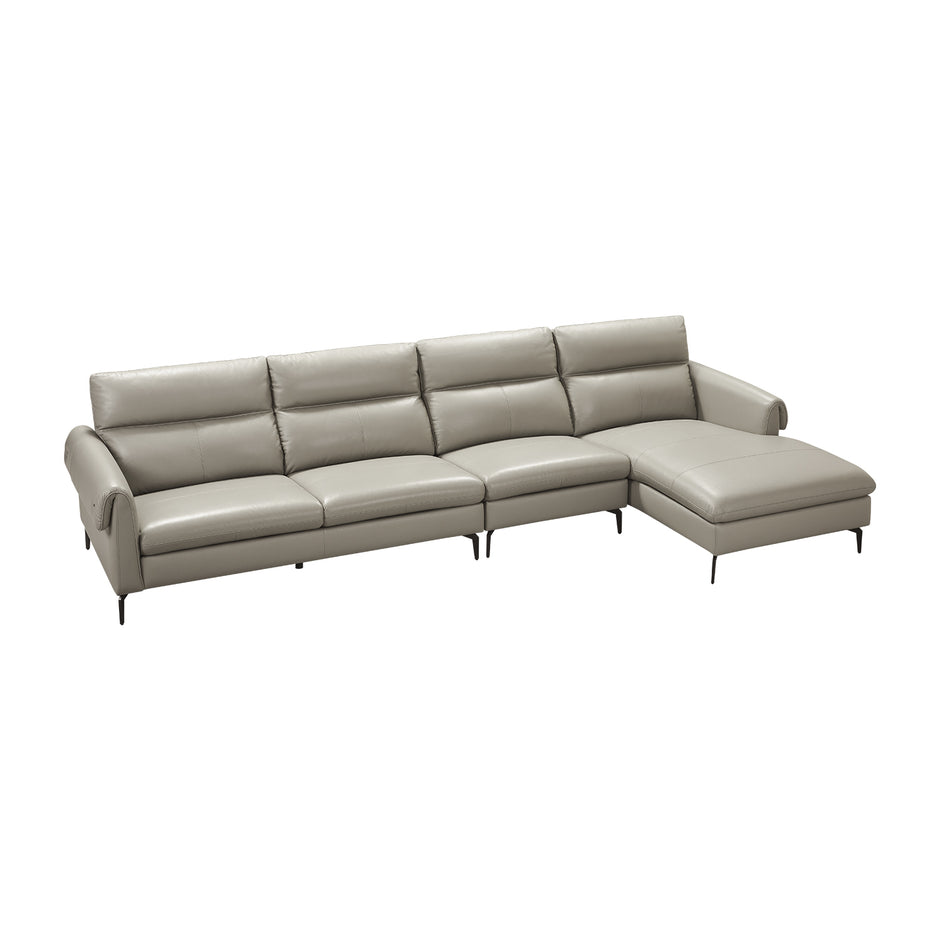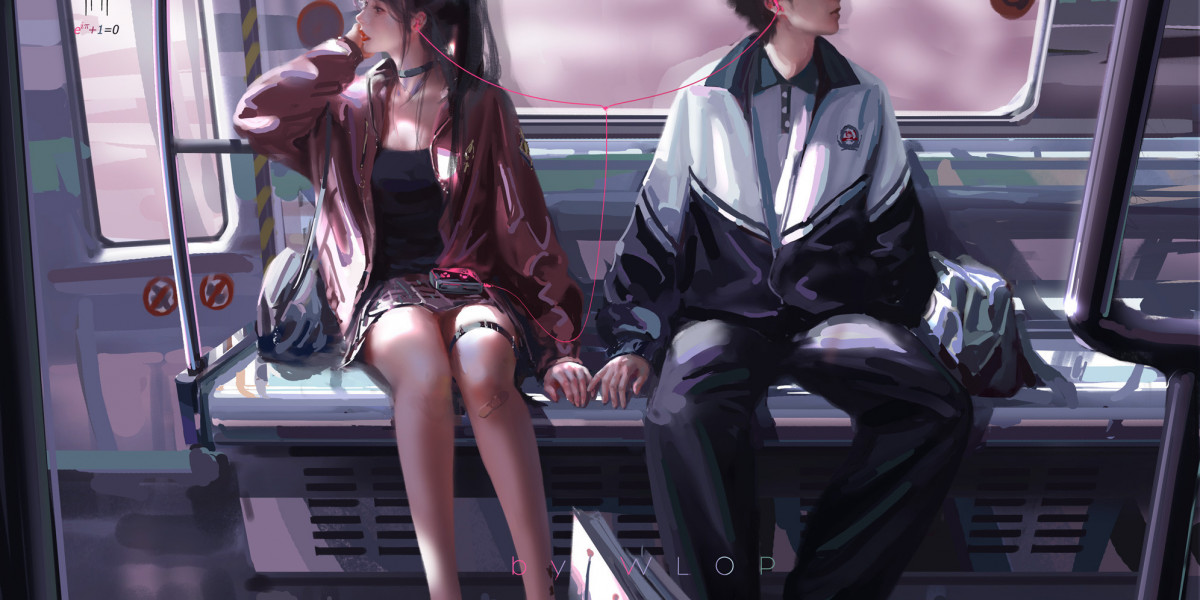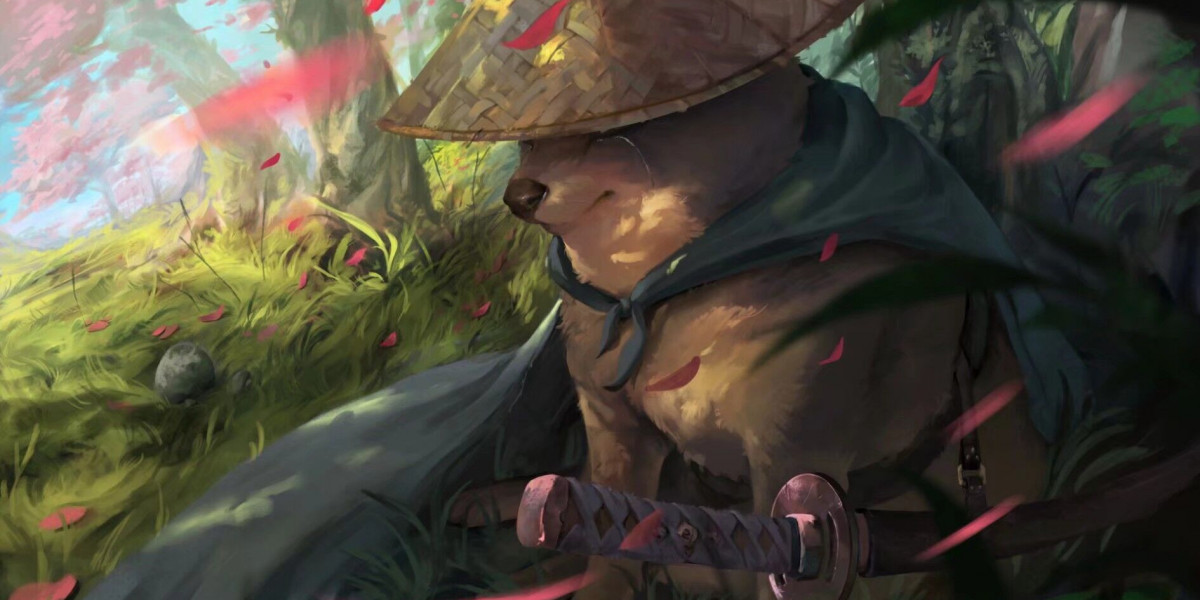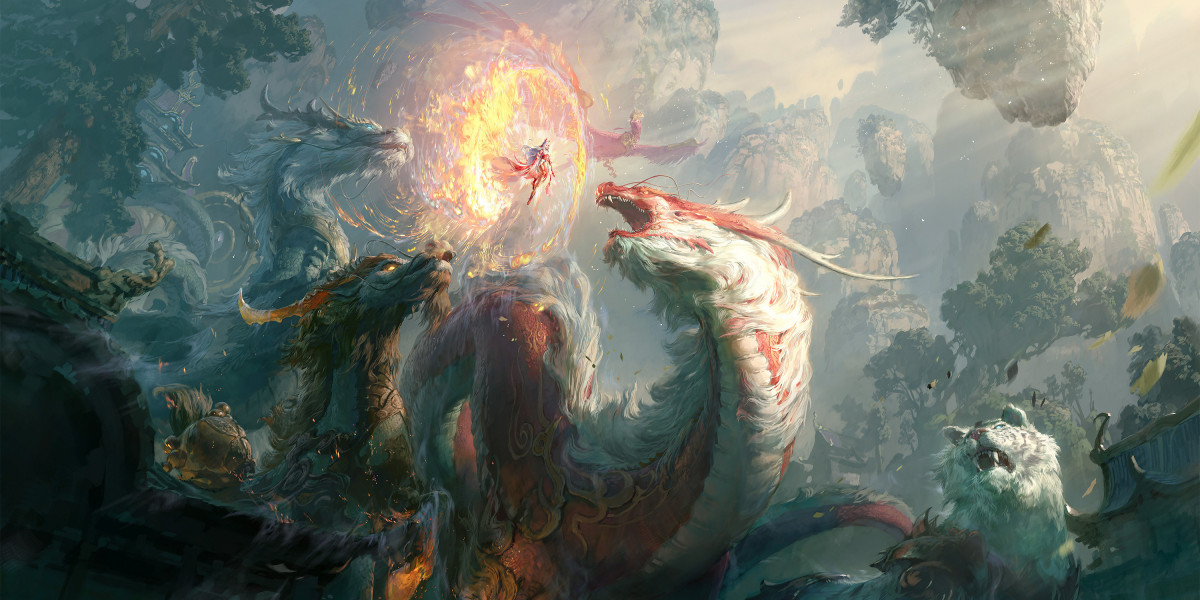Unlock the Secrets of Timeless Sofa Designs: A Journey Through History and Style!
Traditional sofas are more than just pieces of furniture; they are emblematic of comfort, style, and a rich history that weaves through the fabric of interior design. Originating from various cultures, these sofas have evolved significantly over the centuries, reflecting the changing tastes and technological advancements of their times. As we embark on this exploration of the types and styles of traditional sofas, we will delve into their historical significance, distinctive design features, and the materials that bring them to life. Whether you are looking to furnish a cosy living room or seeking inspiration for a more formal space, understanding the essence of traditional sofas can help you make an informed choice that resonates with your aesthetic and functional desires.

Historical Background of Traditional Sofas
The origins of sofas can be traced back to ancient civilisations, where early forms of seating were created from stone, wood, and textiles. In the 17th century, the modern sofa began to take shape, particularly in Europe, where it became a staple in the aristocratic homes of France and England. The Victorian era marked a significant turning point in sofa design, characterised by elaborate upholstery, intricate woodwork, and an emphasis on comfort. This period also saw the rise of the Arts and Crafts movement in the late 19th century, which advocated for handcrafted furniture and prioritised natural materials over mass production. Key figures like William Morris emphasised the importance of design that reflected craftsmanship and artistry, influencing the evolution of traditional sofas. These historical milestones not only shaped the aesthetics of sofas but also established their role as symbols of social status and comfort in domestic life.
Types of Traditional Sofas
Traditional sofas come in a variety of types, each with its unique charm and functionality. The Chesterfield, renowned for its deep buttoned upholstery and rolled arms, exudes a classic elegance that is hard to ignore. Then there's the Sofa Bed, which merges style with practicality, making it a perfect choice for homes with limited space, allowing for a comfortable seating area by day and a cosy sleeping space by night. The Settee, typically smaller than a standard sofa, offers a more intimate seating option and can add a quaint touch to any room. The Divan, often characterised by its lack of back support, can serve as a versatile piece that fits well in both traditional and modern settings. Lastly, the Loveseat provides a snug seating option for two, making it ideal for romantic evenings or cosy family gatherings. Each type of traditional sofa serves a different purpose while maintaining the hallmark of durability and style associated with their design lineage.
Design Features of Traditional Sofas
What sets traditional sofas apart are their distinctive design features, which contribute to their timeless appeal. Common upholstery options range from luxurious velvets and rich leathers to patterned fabrics that add character and warmth. The leg designs of traditional sofas often reflect the craftsmanship of their era, with carved wooden legs or turned styles that enhance their aesthetic. Backrest styles can vary from high-back designs that provide ample support to lower profiles that offer a more casual look. Additionally, the arm designs play a crucial role in defining the sofa's character; rolled arms suggest elegance, while squared-off arms lend a more contemporary feel. These elements together create a cohesive look that can transform any living space into a stylish haven.
Materials Used in Traditional Sofa Construction
The materials used in constructing traditional sofas are a testament to their quality and longevity. The frame is typically made from sturdy wood types such as oak, maple, or mahogany, which provide the necessary support and durability. The choice of upholstery fabrics is equally important, with options including natural fibres like cotton and linen, or luxurious synthetics that mimic their feel while offering added durability. Finally, the foam and stuffing materials used in cushions contribute significantly to comfort; high-density foam and down feathers are popular choices that provide a plush, inviting seat. Together, these materials not only enhance the visual appeal of traditional sofas but also ensure they stand the test of time, making them a worthwhile investment for any home.
Embracing the Legacy of Traditional Sofas
Traditional sofas hold a special place in the tapestry of design history, embodying a blend of artistry and practicality that continues to resonate with homeowners today. Their rich legacy and diverse styles offer something for everyone, whether you are drawn to the grandeur of a Chesterfield or the simplicity of a loveseat. As you consider the possibilities for your own space, let the charm and character of traditional sofas inspire you to create an environment that reflects your personal style while ensuring comfort and warmth for years to come.








